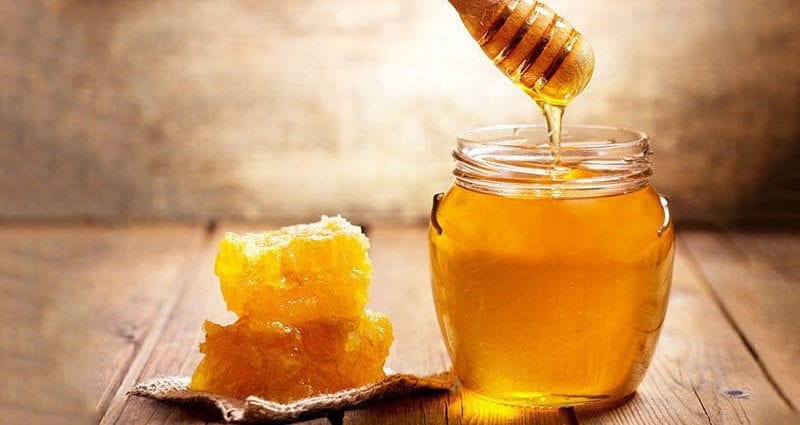Contents
Which cottage cheese is better? Of course, as natural as possible. The healthiest one is made from natural whole milk using ferment and / or rennet. The latter are quite expensive, so good rennet cottage cheese cannot be expensive either. Its shelf life is short, a few days.
The healthiest cottage cheese
How the cottage cheese looks is strongly influenced by the degree of its heat treatment. At high temperatures, it becomes denser and “rubberier”, and its shelf life increases. But at the same time, nutrients are destroyed. “When buying, it is best to focus on consistency: choose the most tender, soft, layered cottage cheese – it is prepared from whole milk at lower temperatures and without the use of calcium chloride, respectively, it contains more protein and other nutrients, and they will be better absorbed. The presence of grains, grains, “stiffness” and hardness usually indicate the use of calcium chloride or milk powder. The harder the curd, the more likely it is made from powdered milk or the so-called “milk construct,” explains dietitian at the Laboratory for Research and Innovation in Nutrition, CTO, member of the National Association of Dietitians and Nutritionists. Marina Makiša… Another name for the milk construct is recombined milk, it is made from skimmed milk powder, cream, milk fat, whey and other components of milk (all the ingredients can be found in the composition of such cottage cheese on the label).
Unfortunately, cottage cheese on store shelves in beautiful boxes is most often made from powdered or recombinant milk. Loved by many grained curd is prepared using calcium chloride, popularly called calcium chloride. It is also often added to speed up the curdling process. This ingredient is not harmful – but curd based on sourdough and rennet enzymes is still considered more tasty and healthy.
How to distinguish “real” cottage cheese?
In production natural cottage cheese it is permissible to use only fresh milk, starter culture, rennet and calcium chloride. Cream and salt are also added to the cottage cheese. There shouldn’t be anything else in the line-up. And cottage cheese containing vegetable fats, stabilizers, flavors, taste improvers cannot be called such – this is curd product. Also, according to GOST, there should be no preservatives in the cottage cheese. The most commonly used sorbates (E201-203). These are the most harmless preservatives, but you can’t call “real” cottage cheese with them.
Fat content of cottage cheese: which is better
The taste of cottage cheese directly depends on its fat content. Since the fat content of whole cow’s milk is not constant, in “homemade” milk, farm cottage cheese the fat content also fluctuates slightly. According to the percentage of fat per 100 g of product, cottage cheese is divided into fatty (18%), bold (9%) and low fat (3-4%), cottage cheese in which no more than 1,8% fat is considered fat-free… Very often, on packages of dietary fat-free cottage cheese, the tempting inscription “0% fat” flaunts. However, in fact, some tenths of a percent of milk fat still remain. Low-fat cottage cheese contains more protein, it also contains slightly more phosphorus and vitamins B12 and B3, but the fatty varieties are richer in carotene, vitamins A and B2.
Calcium in curd
Paradox: there is more calcium in low-fat cottage cheese than in fatty one: on average 175-225 mg per 100 g versus 150 mg per 100 g. However, calcium is absorbed both from low-fat cottage cheese and from too fatty cottage cheese rather poorly. On the one hand, for assimilation, he needs fats, on the other, with their excess in the product, the process of its assimilation by the body is also disrupted. Therefore, in terms of the content of calcium, protein and other nutrients, nutritionists consider the best cottage cheese 3-5% fat. “According to the latest data from scientists, the availability of vitamin D in the body affects the absorption of calcium the most. If there is enough of it, then calcium will be absorbed well, and vice versa, if there is a lack of it, it doesn’t matter what kind of cottage cheese you eat, ”notes Marina Makisha. Curd curd with calcium chloride (calcium chloride) contains more of this microelement – but it is absorbed much worse than originally present in the curd.
“Real” curd is made in four ways: using only bacterial starter culture; using a bacterial starter culture and calcium chloride; using bacterial starter culture and rennet enzymes; using starter culture, rennet and calcium chloride.










